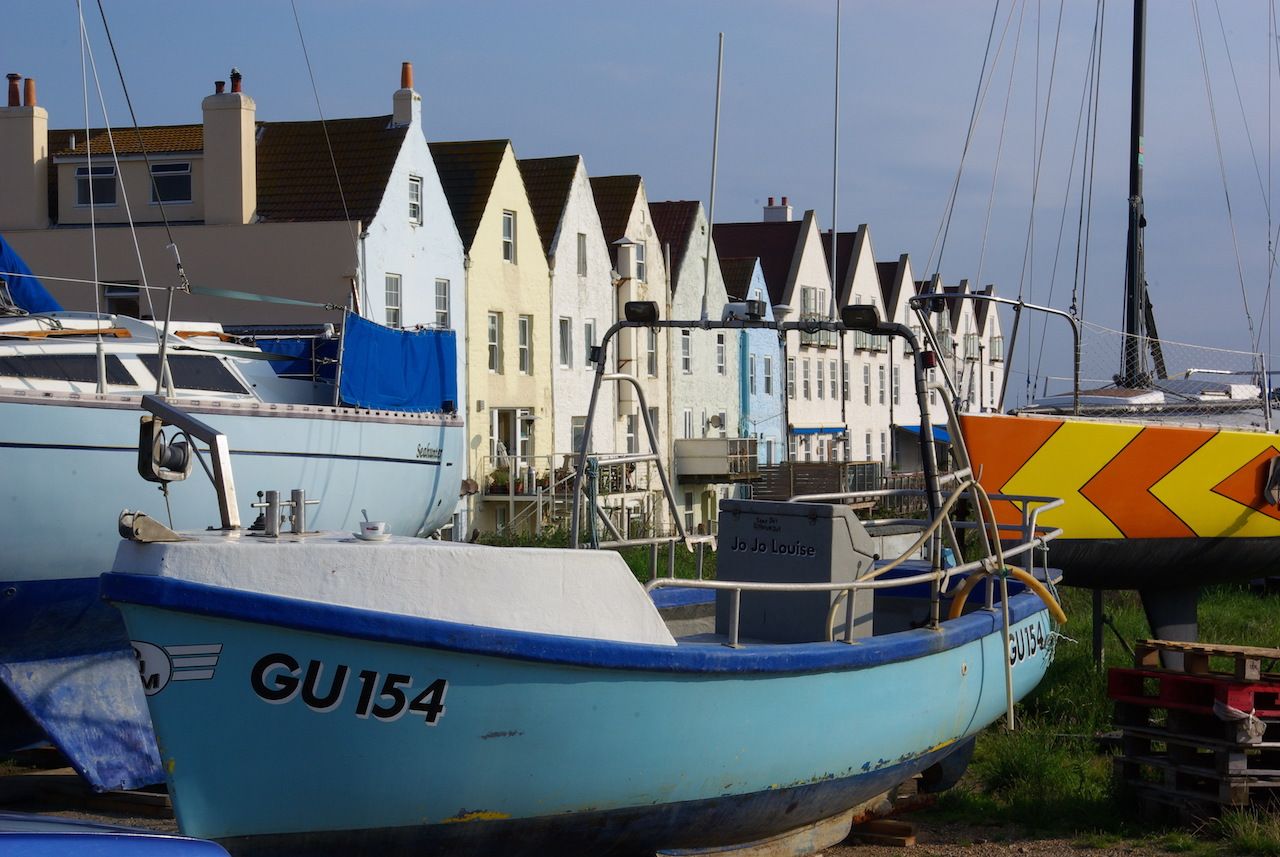In a French bay near Normandy, a tiny group of islands called the Bailiwick of Guernsey dot the southern end of the English Channel. As rich in history and culture as they are in fresh seafood and sandy beaches, these secluded isles entice with outdoor pursuits and timeworn seaside towns. Although geographically closer to France, the Bailiwick’s regent is the Queen of the United Kingdom, but it has its own government, currency, and a distinct way of life melded from both nations.
The main island of Guernsey — from which you can access even smaller, more tranquil islands — has striking cliffs and low-lying lands leading to pristine golden beaches. All the islands make this a uniquely beautiful archipelago that has so far escaped the Instagram hordes. Here are the best things to do there.









